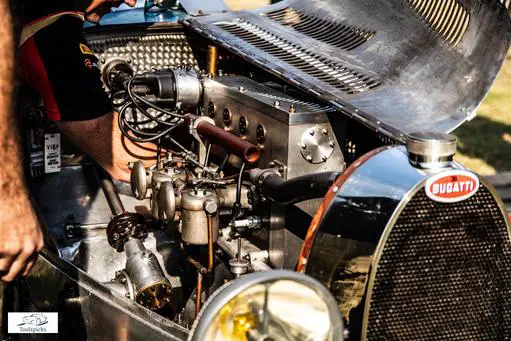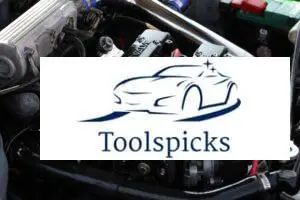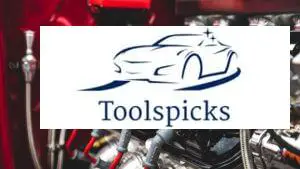4.8 vs 5.3 Engine? There are many different opinions on whether 4.8 or 5.3 engines are better. Some people prefer 4.8 because it is more fuel-efficient, while others prefer 5.3 because it has more power. Ultimately, the decision comes down to personal preference.
Some 4.8 engines have been known to have reliability issues, while some 5.3 engines have been known to have the poor fuel economy. It is important to do your research before making a decision on which engine is right for you.
The General Motors 4.8L V8 engine is the tiniest of all V8 engines produced by GM (GM). The 4.8 series is broken into two versions: the LR4 V8 and the LY2 V8, which are utilized in passenger vehicles and full-size cargo trucks, respectively.
The 5.3 L is a more powerful and efficient V-8 engine version. It has a robust engine with excellent refinement and strength.
It is also built to provide excellent fuel economy. The 5.3 series is available in the following variants: the LM7, which powers trucks and SUVs; the GEN 4 LS1, which powers sports cars and performance vehicles; and the L33, which powers luxury SUVs.
Which engine you choose ultimately comes down to personal preference and what you will be using your vehicle for. Do your research to find the best engine for you!
Major Differences
However, there are several noticeable parallels that we shall describe in further detail below.
The stroke of the 4.8L engine is 83mm, whereas that of the 5.3L motor is 92mm. The pistons in 4.8L and 5.3L are identical, while 5.3L includes a dished piston instead of a flat-top piston. In comparison to the 4.8L V10, the connecting rod on the 5.3L V10 is longer but lacks an extra boss on its thrust face (although it does have one). The pink ink pin area on 4.8L pistons is 12553482, whereas, for 5.3L, it’s 12552216 (12552216 for both engines).
Features of 4.8L engine
The throttle control on the RT-500 comes with electronic hardware, which is dependable and provides outstanding throttle response. Unlike a mechanical connection, the throttle control on the RT-500 is electrical. The ignition system on the RT-500 has 58X precision, ensuring better performance and efficiency.
Power Hesitation
When the engine’s ignition is switched on, some customers have reported that there is a slight delay in startup. It makes a strange noise until it reaches 1800 RPMs.
However, once it reaches 1800 Rpm, there will be no problem. To address this, keeping a healthy battery life is critical. Keep in mind that your 4.8 engine draws its power from the battery, so you must be vigilant with regard to its maintenance.
Grinding Noises
The sound of grinding has been reported by some consumers, who said it was coming from the bearing and hub. It may also seem like your brake pads are being crushed by another metal. Don’t ignore any strange noises or other unusual things you notice about your brakes. If you detect any of these indicators, have your automobile taken to a repair shop immediately because it could indicate a bigger issue.
A leak in Axle Seal
One of the most common issues with this engine is a leaking axle. Leaks have been reported on both sides of the axle, which might lead to serious damage. Aside from checking for leaks, you should do regular adjustments and alignment to preserve your engine in good working order.
If you believe your automobile’s movement isn’t smooth enough, look at the tires and realign them for optimum performance.
Oil Pressure Gauge Issue
The oil pressure indicator may move rapidly and erratically, especially when the engine is being shut down. Ensure that this is inspected on a regular basis to repair it as well as the hoses for fractures, cracks, and other forms of damage.
Failure of the Water Pump
Water pumps are an important component of an engine cooling system. It lowers the temperature by keeping the engine cool. The heat has a tendency to destroy engines if left unchecked, which is why your car’s cooling system must be maintained at all times.
Water pump failure, therefore, might be fatal to your engine if it is not addressed swiftly. Water pumps in 4.8 engines are uncommon, especially for low-mileage models.
However, as most 4.8L engines are used for high mileage, the problem becomes more apparent. When the 150,000-mile mark is reached, water failure may happen gradually. There are numerous causes of water pump failure, such as a faulty pump bearing, faulty sealant, incorrect internal impeller design, and so on.
However, all of these reasons have the same symptom, which is a water pump failure. Once you discover this, go to a store and get it replaced since you may either fix it yourself or have it repaired by a specialist.
Final Thoughts
The 4.8L engine is a reliable engine that’s been used in many different applications. It has proven itself to be a long-lasting and powerful engine. While it may not have all the bells and whistles of the 5.3L, it definitely packs a punch.
If you’re looking for an engine that will last you for years to come, then the 4.8L engine is a great choice. Keep up with the maintenance, and you’ll be good to go.
Frequently Asked Questions
What Is The Difference Between A 4.8 And 5.3 Engine?
The 4.8 engine is a smaller, more compact engine that’s perfect for passenger cars and light-duty trucks. It has a displacement of 4.8 liters and produces up to 285 horsepower. The 5.3L engine is a larger engine that’s perfect for heavy-duty trucks and SUVs. It has a displacement of 5.3 liters and produces up to 355 horsepower.
Is A 4.8 or 5.3 Faster?
The 4.8L engine is a little bit faster than the 5.3L engine, but not by much. Both engines are capable of reaching high speeds quickly. However, the 4.8L engine may not be able to handle as much weight as the 5.3L engine. That’s why it’s perfect for lighter vehicles.
Are 4.8 Engines Good?
4.8 engines are definitely good engines. They’re reliable, long-lasting, and powerful. They may not have all the features of a 5.3L engine, but they’re perfect for passenger cars and light-duty trucks. If you’re looking for an engine that will last you for years to come, then the 4.8L engine is a great choice. Keep up with the maintenance, and you’ll be good to go.
Is A 4.8 Cam The Same As A 5.3 Cam?
No, 4.8 cams are not the same as 5.3 cams. 4.8 cams are smaller and more compact, while 5.3 cams are larger and more powerful. If you’re looking to upgrade your 4.8 engine, you’ll need to upgrade your cam as well. 5.3 cams will not fit in a 4.8 engine block.



